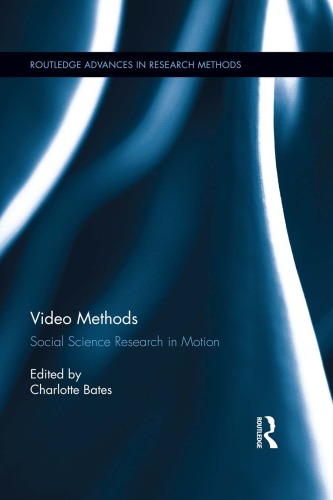

Most ebook files are in PDF format, so you can easily read them using various software such as Foxit Reader or directly on the Google Chrome browser.
Some ebook files are released by publishers in other formats such as .awz, .mobi, .epub, .fb2, etc. You may need to install specific software to read these formats on mobile/PC, such as Calibre.
Please read the tutorial at this link. https://ebooknice.com/page/post?id=faq
We offer FREE conversion to the popular formats you request; however, this may take some time. Therefore, right after payment, please email us, and we will try to provide the service as quickly as possible.
For some exceptional file formats or broken links (if any), please refrain from opening any disputes. Instead, email us first, and we will try to assist within a maximum of 6 hours.
EbookNice Team

Status:
Available0.0
0 reviewsThis interdisciplinary collection provides a set of innovative and inventive approaches to the use of video as a research method. Building on the development of visual methods across the social sciences, it highlights a range of possibilities for making and working with video data. The collection showcases different video methods, including video diaries, video go-alongs, time-lapse video, mobile devices, multi-angle video recording, video ethnography, and ethnographic documentary. Each method is presented through a case study, showing how it can be used in practice. The authors offer pragmatic advice and discuss practical issues, including equipment, techniques and skills, analysis, and presentation. They also show how video methods can be used in a range of different contexts – at train stations, on bicycles, in schools, outdoors, and in museums – to investigate worlds that are visible, audible, tangible, and in motion. In doing so, they illuminate the theoretical possibilities that video methods offer for researching the body, identity, everyday life, affect, time, and space.